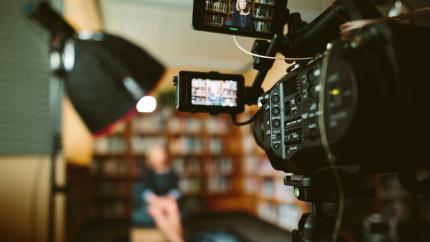Spotlight on 'Include': Takeaways from the 2019 AASL National Conference
Inclusion was a central theme at the nation's gathering of school librarians in Louisville.
Inclusion was a central theme at the nation's gathering of school librarians in Louisville.
Students should feel welcome in their library. Luckily, programming is a great way to build community.
These resources will help everyone — from elementary students to library staff — spot deepfakes.
School librarians share the best programming ideas they took away from 2019 ALA Annual Conference in Washington, DC.
To quote Bob Dylan, "the times, they are a changin'" — and information literacy in schools is more important than ever.
Use these resources to teach students to be thoughtful researchers and critical consumers of information.

Lefferts Library hosted a spelling bee and costume contest in honor of Star Wars Reads month in October.

Students read a YA book, then created and produced a digital trailer to inspire others to read it.
Try some covert methods to let teachers know about all the resources your school library has to offer.
Help young people distinguish fact from fiction with these information literacy resources.